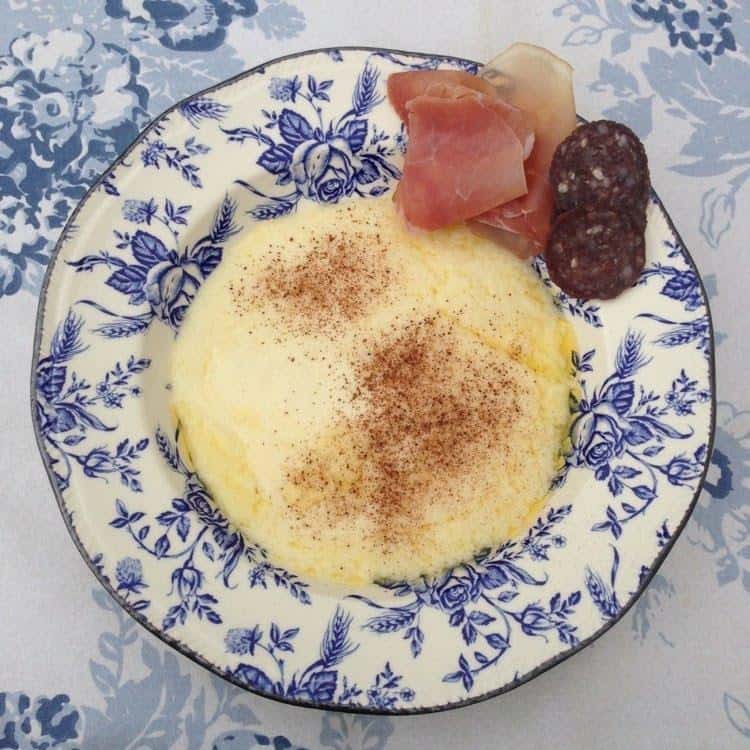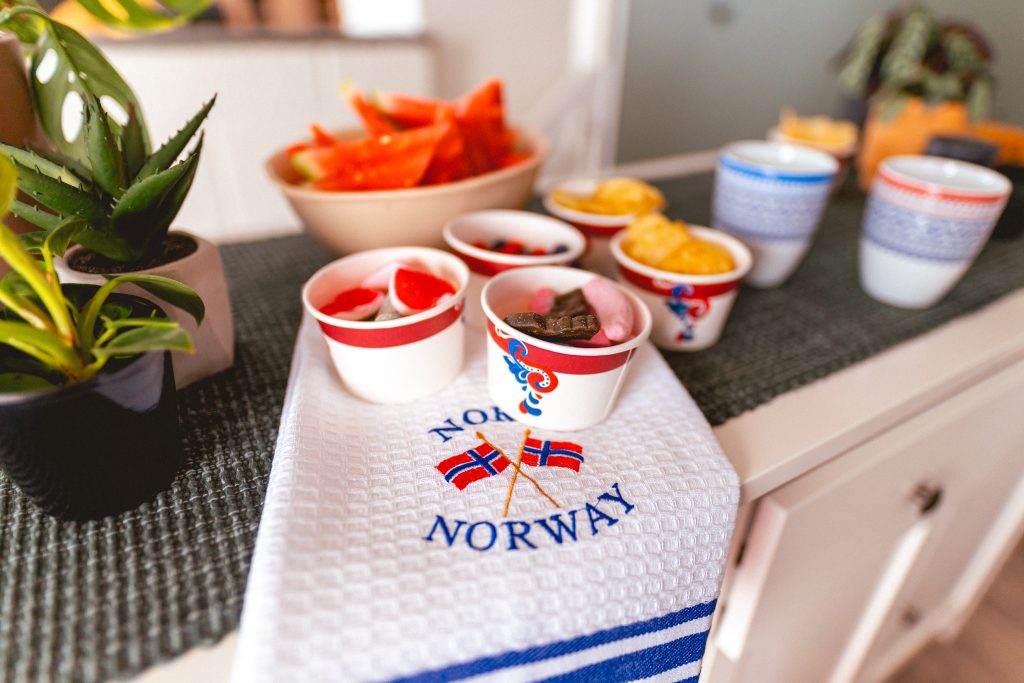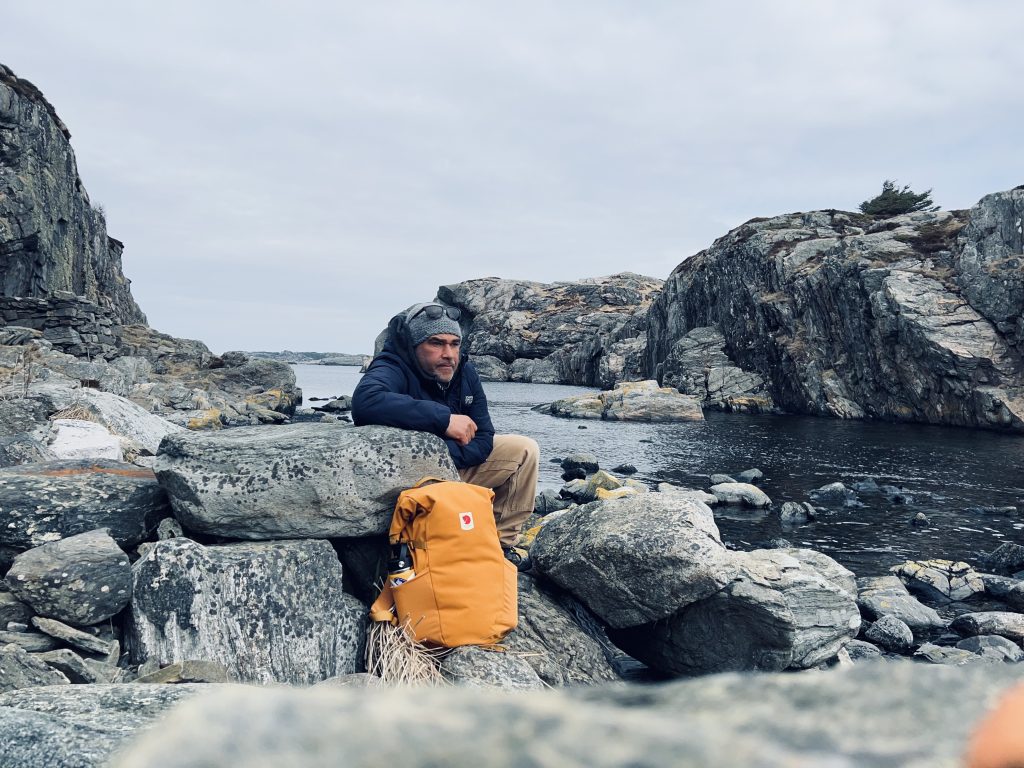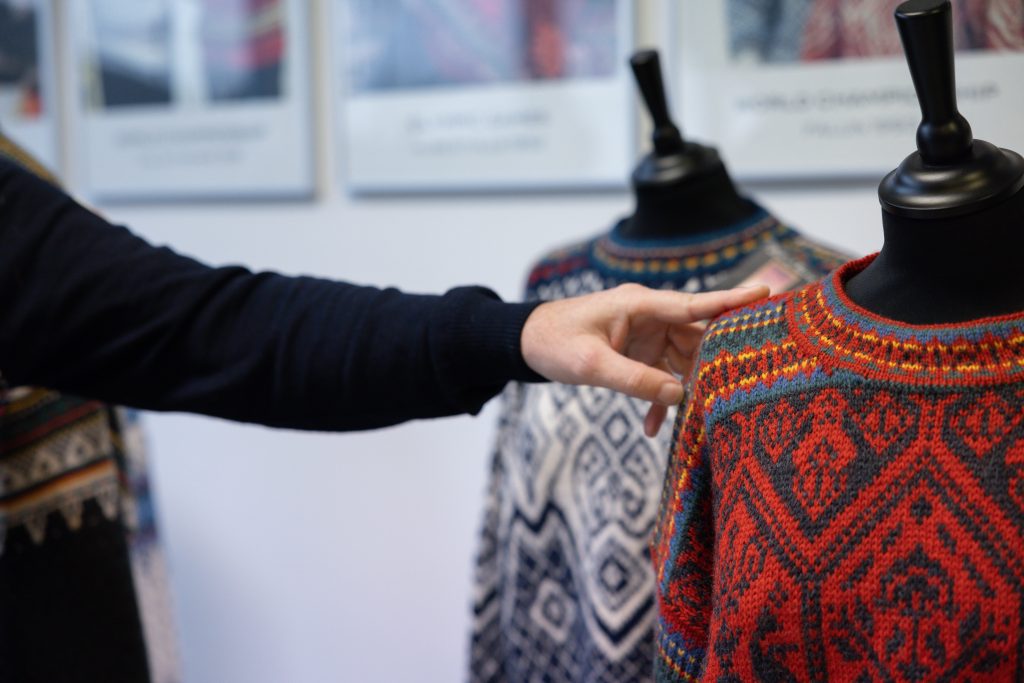Every country’s food culture is naturally inspired by the resources available to them. Traditionally, the people of Norway and the other Nordic countries had to source their own food from what was available during the different seasons.
An easy way to preserve the food was to dry it. This was done – and still is – both to fish and meat. The Norwegian meals still contain a lot of these traditional courses, especially at festive occasions like Christmas and Constitution Day, the 17th of May.
Have you ever wondered why Norwegians so often carry a backpack? They need something to put their “Matpakke” or “Niste” in, of course! From kindergarten to the workplace, it is expected of you to bring your own lunch, and it often consists of sandwiches. The spreads used are often cold cuts, jam, or cheese, between whole wheat slices of bread.
Brown cheese – The Norwegian classic
The most famous type of Norwegian cheese is probably the “Brunost” or “Geitost” a brown hard cheese made of cows’ milk or goats’ milk. Brunost is made by carefully boiling a mixture of milk, cream and whey for several hours until the water evaporates.
The natural sugars of the milk are turned into caramel, which gives the cheese its characteristic brown colour and sweetness. It is delicious on bread, but Brunost is also used in sauces, especially in the company of wild meat like moose or reindeer.
A pro tip for slicing this type of cheese is to use a serrated cheese slicer. There is also “Prim”, a goat cheese-based softer spread often preferred by children for their lunches. An archeological find from the year 650 B.C.E. discovered residue in a clay pot that was identified as Brunost, so it has been around for a very long time.
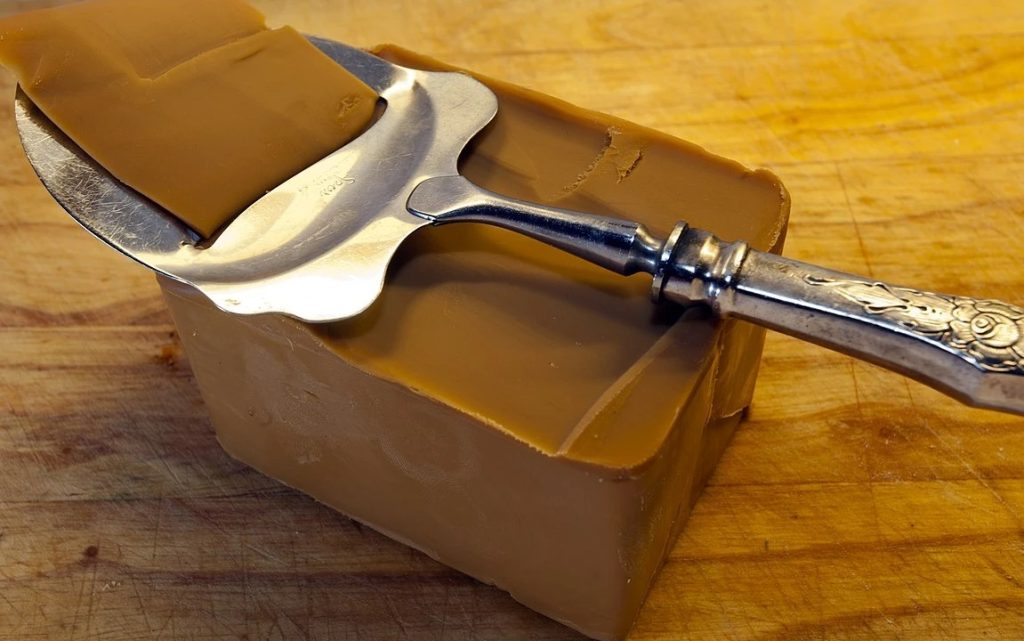
The Norwegian Waffle
A popular companion for Brunost is the Norwegian Waffle. Heart-shaped and sweet, usually a bit thinner than the American waffles, these two are often combined for a yummy treat. Great to take hiking along with a thermos of hot chocolate, coffee, or tea. Everything tastes better while you are enjoying Norwegian nature!
Traditionally, the Norwegian “Vaffel” is also often enjoyed with sour cream and a nice strawberry jam. For parties or as a dessert, they can also be served with whipped cream or ice cream and chocolate sauce, or even a sprinkle of fresh berries.
In the eastern part of Norway, there is a special tradition of eating sausage and Vaffel, though this is not the most common thing, and is considered quite strange even for fellow Norwegians.

White cheese
White cheese is also great on waffles, and originating from the city of Jarlsberg, Norway, as far back as the middle 1850s, Jarlsberg is another famous cheese from Norway. This hard cheese with its characteristic large holes of various sizes, is based on cows’ milk. Clean and rich, with a slightly sweet and nutty flavour, this is a tasty all-round cheese used for a multitude of purposes.
It is the topping of Norway’s most sold Pizza, the Grandiosa. Jarlsberg is also the most popular imported cheese in the U.S. It is usually produced in 10 kg wheels with an approximate diameter of 330 mm and a height of 95–105 mm.
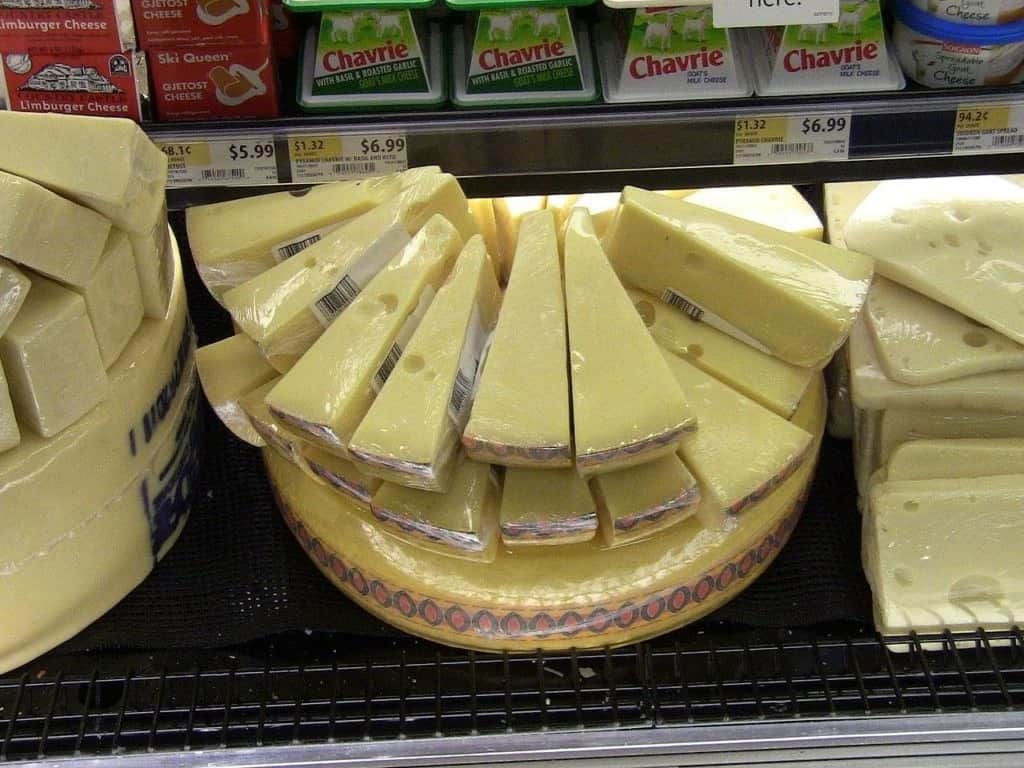
Smoked salmon
Another delicious Norwegian treat is smoked salmon, also commonly found on sliced bread in the lunchbox of many Norwegians. As a meal it is usually served with scrambled eggs or a nice mustard. A popular dish on the 17th of May.
Salmon is also a popular dinner in Norway, and is prepared in many ways, from grilling and baking to steaming. For a more modern spin, try it with avocado and a light salad.
Norwegian salmon has a superior quality, and its fresh, excellent taste has made Norway the largest exporter of Atlantic salmon in the world.
Did you know that Norwegian salmon has been voted the most popular sushi topping in Japan for several consecutive years? You may have had sushi with Norwegian salmon without even knowing it!
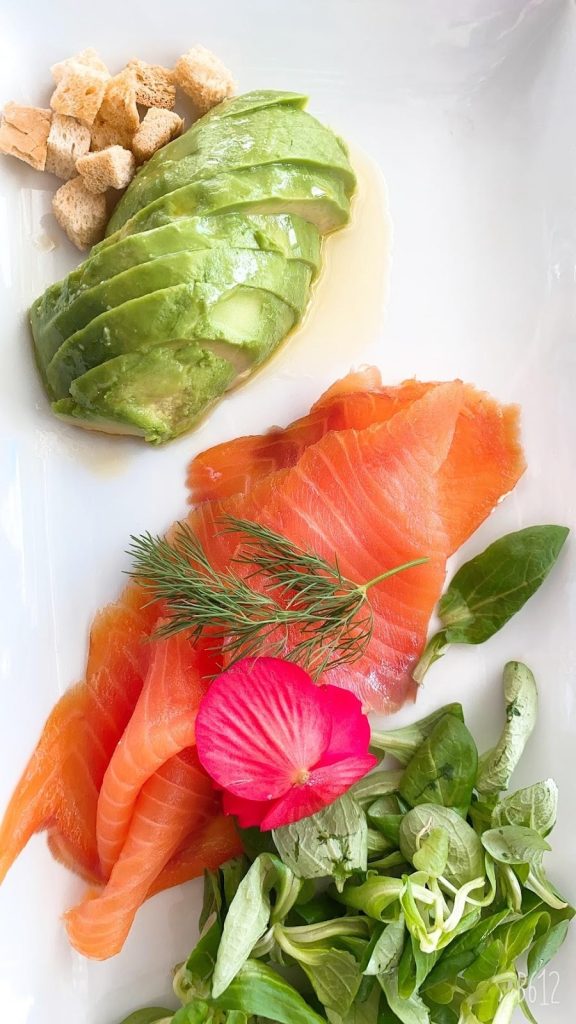
Stockfish
Did you know there are over 200 different kinds of fish in the oceans of Norway? Stockfish is an expensive treat today, but in the old days each family that lived by the sea would hang their own cod on wooden racks called “hjell” and dry it by wind and cold air, thus preparing to store it for long periods during the winter.
The preparation of this delicious treat dates all the way back to the Vikings, and stockfish has been an important Norwegian commodity for export even up to this day and age.
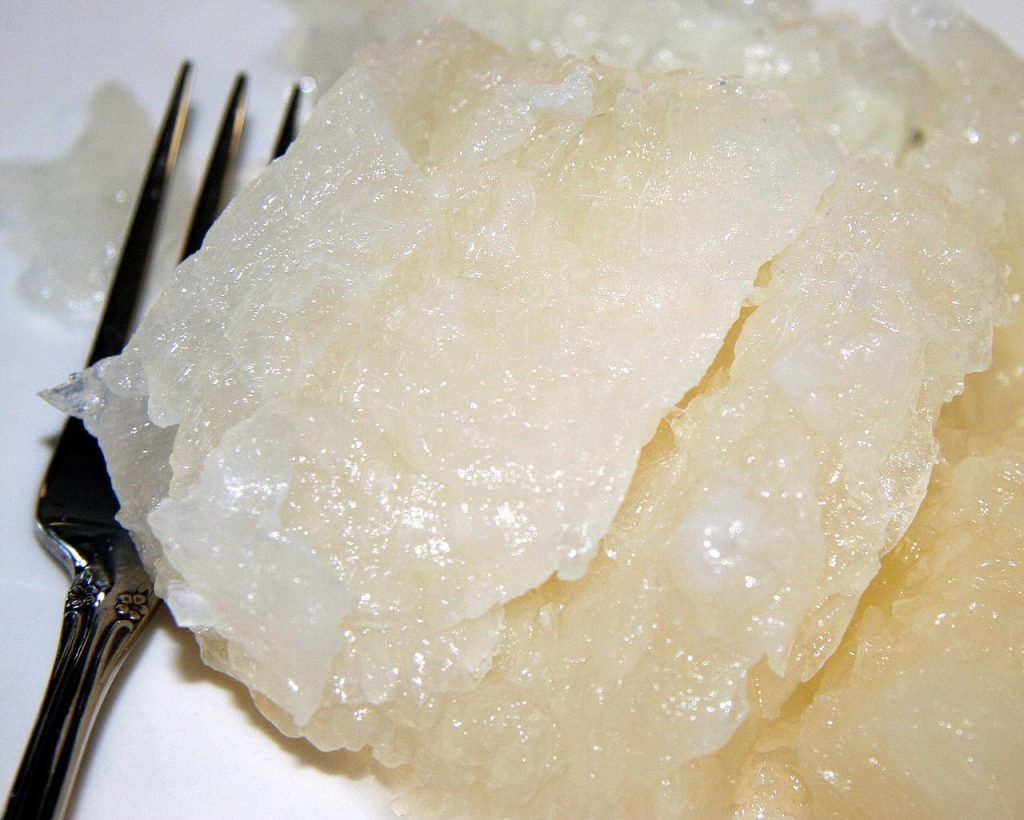
Lutefisk
A bi-product of stockfish is “Lutefisk”, a meal for the holidays, especially Christmas. For it to become edible, the dried fish must be soaked in cold water for days. Then the fish is soaked in an unchanged solution of lye and cold water for an additional two days. This soaking causes the fish to swell, and it takes on a jelly-like consistency.
After the soaking in lye, the fish needs almost another week of soaking in cold water again to become edible. Then the Lutefisk is finally ready to be prepared and served. Traditionally it is served with potatoes, mashed green peas, melted butter, and small pieces of fried bacon.
Cured meat
Cured meat of different kinds has been a cornerstone of the Norwegian food culture for a thousand years. A practical approach for the time when there was no freezer or fridge to keep the food from rotting. Today the combination of dried meat called “Spekemat” and the traditional pastries “Flatbrød” or “Lefse” is often used at special occasions like the 17th of May, Constitution Day in Norway, and other celebrations.
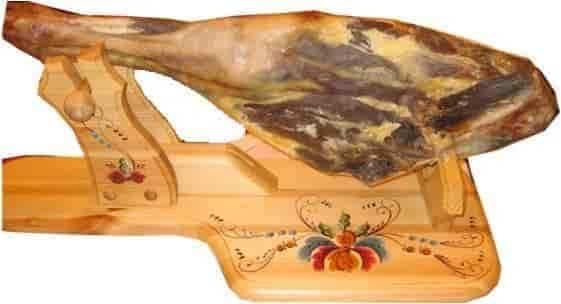
Fenalår – the Norwegian king of cured meat
Most popular of all is the “Fenalår”, a salted and dried leg of lamb. It takes months to prepare, and often they are made when the slaughtering of lambs takes place in autumn, to be ready for consumption in time for Christmas. In the shops you can find both pre-sliced pieces and whole legs.
The latter is the original way to serve this dish, the leg and a knife are passed around the table for each one to cut their slices themselves. Other popular cured meats are different kinds of ham and sausages.
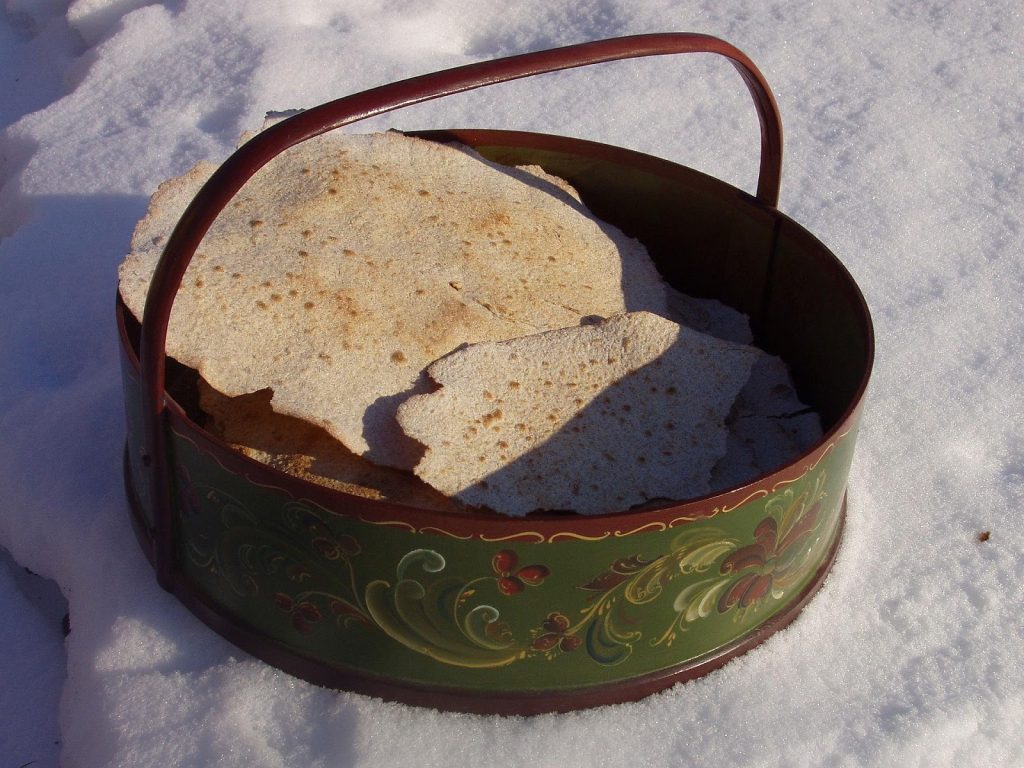
Flatbrød – flat bread
The “Flatbrød” (flat bread) and “Lefse” are prepared on a large griddle especially made for this purpose. This is often a family event, where the elder teaches the younger this skill, and hands down recipes to the next generation. Flatbrød is made from flour, salt and very little water, it is very dry and can be stored for quite a long time. Simply spread a good butter on it and enjoy with your Fenalår.
What is the difference between Lefse and Flatbrød?
What separates the different kinds of Lefse from the Flatbrød is that they are soft and of different sizes and thicknesses. Lefse is usually made of flour, butter, and milk or cream. Sometimes it is also made with potatoes. There are some types of Lefse which are unsweet and made for salty foods, and others made sweeter for desserts.
They are also made on a large griddle and there are hundreds of recipes, often each farm and each part of the country has their own favourite. The unsweet Lefse can just be buttered and eaten with dishes like Lutefisk, Fenalår and salmon, or filled with mustard, sour cream and cold cuts. The smallest Lefse, kalled “Lompe” is used with hot dogs as well.
Sweet lefse
The sweet forms of Lefse are often spread with butter, sugar and cinnamon, or enjoyed with cheese like before mentioned Brunost and Jarlsberg, or even a jam of different berries found in Norwegian nature, like blueberry, strawberry or raspberry.
When Norway celebrates the 17th of May, Constitution Day, the Spekemat and Lefse are also combined with the traditional porridge “Rømmegrøt” (Sour Cream Porridge). Made from sour cream, whole milk, wheat flour, butter and salt, and sprinkled with cinnamon, sugar and a centerpiece of butter, this is a delicious addition to the meal. Some even add a sprinkle of raisins on top!
